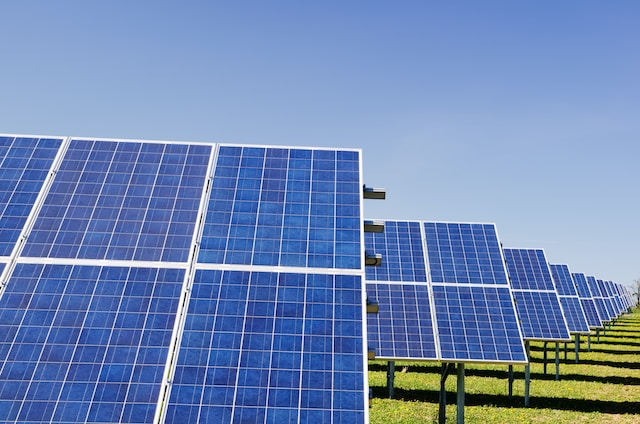Scientists from Clemson University and the Indian Institute of Science developed a new smart supercapacitor that is able to store solar energy without the need for a chemical reaction, as with batteries. The new metal oxide optically responsive supercapacitor is made using new stacked vanadium pentoxide and zinc oxide (V2O5/ZnO), creating a unique heterostructure on fluorine-doped tin oxide (FTO) glass. As a result, the supercapacitor is able to efficiently gather energy from the sun, and simultaneously store it, without the need for having both systems – one for electricity production using energy from the sun, and one for energy storage. This way, the largeness of the system is also reduced.
As said by Dr. Mihir Parekh, a researcher at the Clemson Nanomaterials Institute at Clemson University, “We’ve come up with a two-in-one device that not only harvests light more efficiently but also stores it as electrical energy, unlike the other systems that exist right now,” adding that “The materials we chose allowed us to engineer the band gap so that the light-to-electricity conversion was very efficient.”
Furthermore, Apparao Rao, a Professor at Clemson Nanomaterials Institute, commented that “What we are essentially doing here is trying to harvest every ounce of energy around us in nature,”, adding that “We have much sunlight. The driving force behind the research is to open doors to another technology besides solar cells, which has already become a mature field, to capture the energy that is all around us.”
Zinc oxide has already been widely used because of various advantages, as it is a cost-effective solution, with high electron mobility, and with application possibilities such as photovoltaics. With this novel development, the researchers proved exceptional electrochemical performance, ensuring stability exceeding 5,000 cycles. The supercapacitor stores the energy electrostatically and is able to rapidly charge and discharge. Future utilization may include self-charging consumer electronics, such as health monitoring devices, and promises breakthrough advancements.
Their work is published in the Journal of Materials Chemistry, in a paper titled “Stacked vanadium pentoxide-zinc oxide interface for optically-chargeable supercapacitors”.







